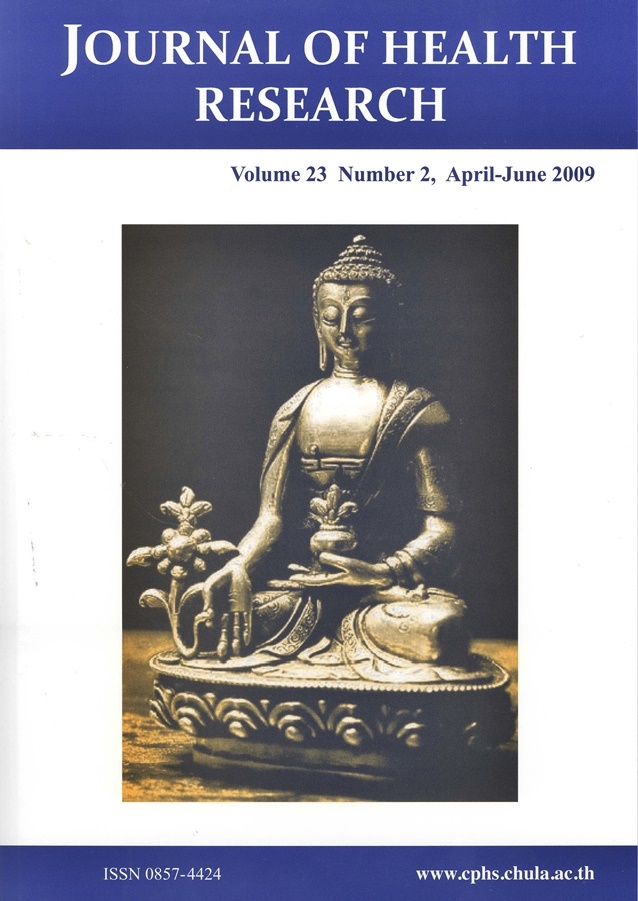Standardized Senna alata Leaf Extract
Keywords:
Senna alata, Cassia alata, Fabaceae, standardization, rhein, anthraquinoneAbstract
Senna alata (L.) Roxb. is a medicinal plant of which the leaves have long been used as a laxative and antifungal drugs. It is one of the plants recommended to be used in primary health care in Thailand and is included in the Thai traditional household drug list for laxative and antifungal herbal drugs. It is also listed in the Lists of National Herbal Drugs of Thailand. The leaves contain anthraquinones both aglycone and glycoside forms. The content of anthraquinones in the leaves are varied mainly according to cultivating locations and harvesting period. It is necessary to control the quantity of antraquinones in the leaves and leaf extracts of this plant for good quality of laxative and antifungal raw materials. This work was conducted to standardize 80% ethanolic extracts prepared by the appropriate maceration method of S. alata leaves collected from 10 different locations in 4 major parts i.e. the North, North-East, Central and South of Thailand. The extract ratio was 3-4:1, while the characteristics of the extracts were dark brown semi-solid with characteristic odour. The extract gave a positive Bontrager’s test and its TLC-fingerprints showed 2 major anthraquinone components as rhein and aloe-emodin. Total anthraquinones content in the extract analyzed by UV-vis spectrophotometric method was not less than 2%w/w (average 2.48% w/w) calculated as rhein. Loss on drying of the extract should not more than 6%w/w while the extract was slightly soluble in water but freely soluble in 95% ethanol. For heavy metals contamination, the extracts should not contain arsenic, while lead, mercury and cadmium should not be found more than 2, 0.1 and 0.2 ppm, respectively. Total aerobic bacteria count and total yeast and mold count should not exceed 100 and 1000 cfu/g, respectively while none of pathogenic bacteria was found in the extract. Standardized S. alata leaf extracts could be used as a good quality raw material containing anthraquinones for laxative and antifungal pharmaceutical preparations.







